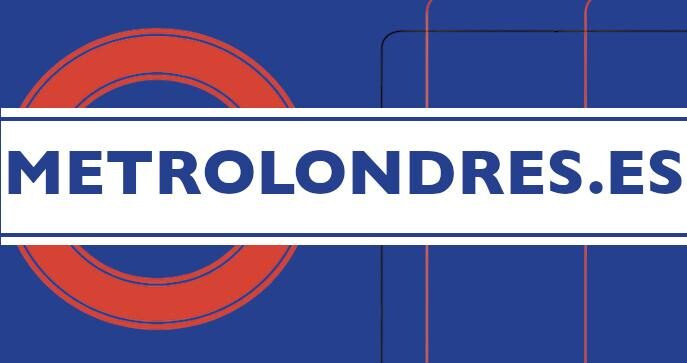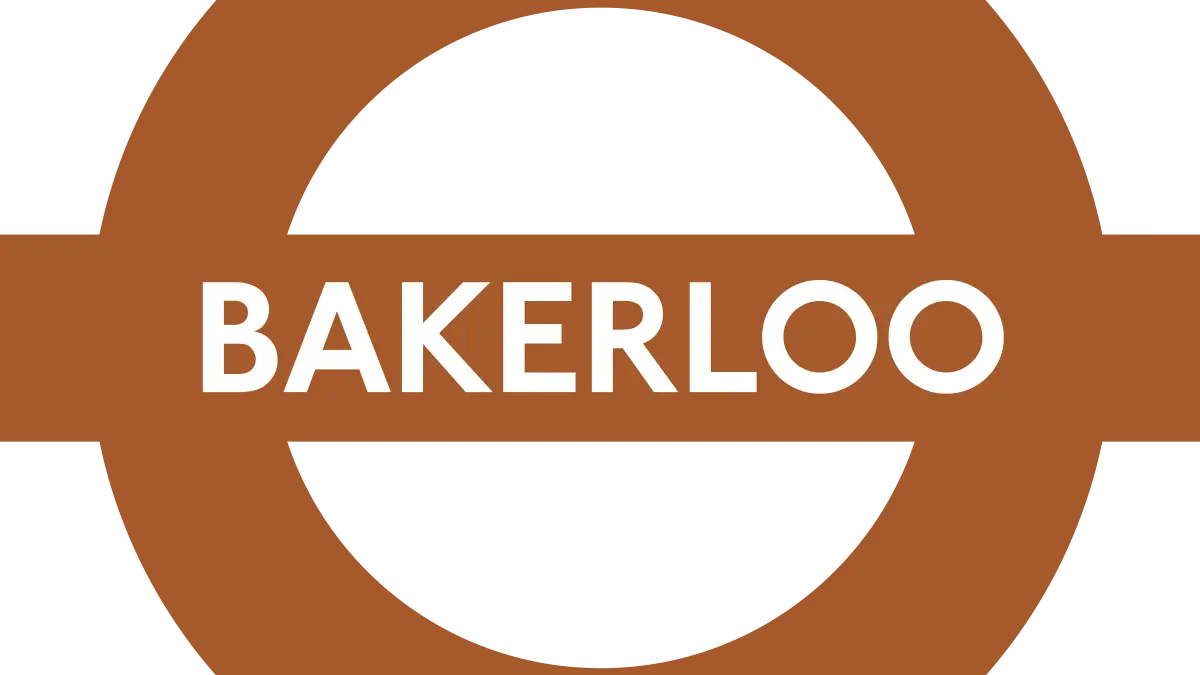The Bakerloo line is the brown line of the London Underground, known for its long history and its route that connects the southeast to the northwest of the city.

Description of the Bakerloo Line
Opened in 1906, the Bakerloo line is one of the oldest lines on the London Underground. Its route starts at Elephant & Castle station in the southeast of London and extends to Harrow & Wealdstone in the northwest, covering a total distance of 23.5 kilometers. The line features 25 stations, of which 10 are above ground and 15 are deep underground, offering passengers a mix of subterranean journeys and above-ground views.
Along its route, the Bakerloo line connects important commercial and residential districts as well as key cultural centers, making it an essential part of the transportation system in the British capital.
Stations on the Bakerloo Line
The Bakerloo line is divided into two main sections: above-ground stations and deep-level underground stations. Below is a list of stations for each section:
- Above-ground stations: Harrow & Wealdstone, Kenton, South Kenton, North Wembley, Stonebridge Park, Harlesden, Willesden Junction, Kensal Green, Queen’s Park
- Deep-level underground stations: Kilburn Park, Maida Vale, Warwick Avenue, Paddington, Edgware Road, Marylebone, Baker Street, Regent’s Park, Oxford Circus, Piccadilly Circus, Charing Cross, Embankment, Waterloo, Lambeth North, Elephant & Castle
Map and Route of the Bakerloo Line
The Bakerloo line map shows its route from central London to the northwest outskirts, passing through key areas such as Oxford Circus and Baker Street before emerging at Queen’s Park and continuing to Harrow & Wealdstone. This route makes the line a popular choice for both daily commuters and tourists wanting to explore different parts of London.

Bakerloo Line Operating Hours
The Bakerloo line operates with extensive hours that vary by station. From Monday to Saturday, trains start running at around 5:00 am and the last service is around 1:00 am. On Sundays, the hours are slightly shorter, starting at 7:00 am and ending around 12:30 am. For updated information on the first and last train times at each station, you can check the updated schedules.
Interesting Facts About the Bakerloo Line
The name of the Bakerloo line comes from a contraction of its original name, “Baker Street & Waterloo Railway.” Over time, Londoners began shortening the name, and due to its popularity, the official name was changed to Bakerloo.
Since its opening in 1906, the Bakerloo line has witnessed numerous historical events, including the birth of a girl named Ursula Beatrice Thelma Eleanor on a train on this line in 1924, near Elephant & Castle station.
Interestingly, the Bakerloo line is also known for the large number of rodents that can be seen on the tracks, especially at Waterloo station, which is notorious for its mouse population. This makes it one of the most famous lines for London’s urban “wildlife”.
With its rich history, strategic connections, and a route that combines both deep tunnels and above-ground sections, the Bakerloo line remains an integral part of the London Underground, continually adapting to the needs of a constantly changing city.

